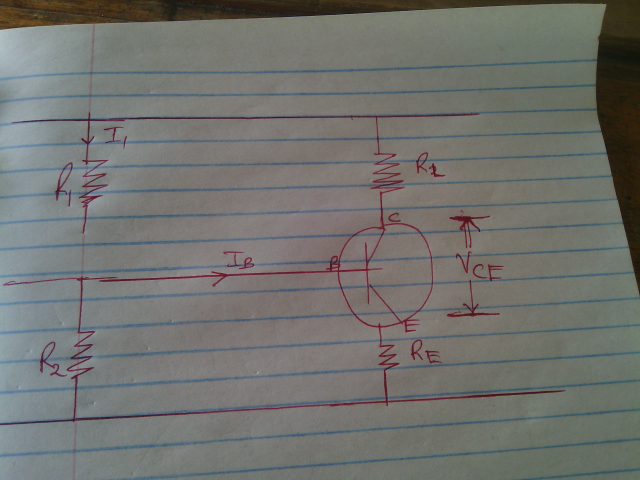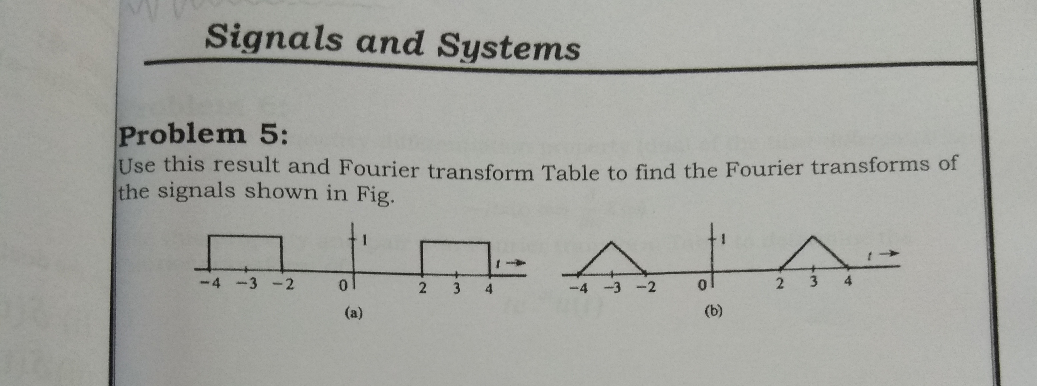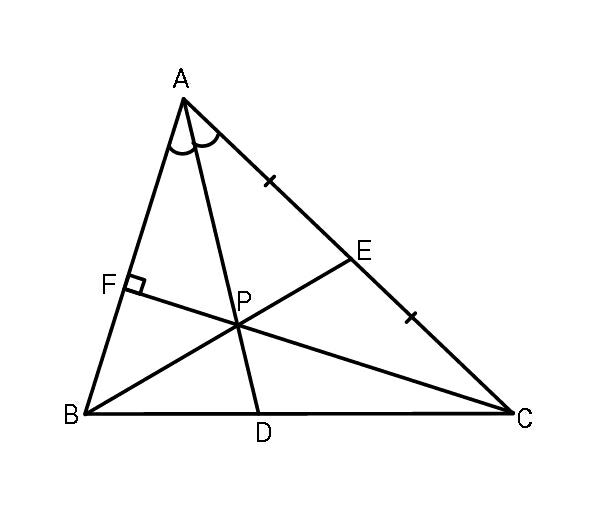
AllQuestion and Answers: Page 1463
Question Number 65300 Answers: 0 Comments: 1

Question Number 65297 Answers: 0 Comments: 1
Question Number 65293 Answers: 0 Comments: 3
Question Number 65292 Answers: 0 Comments: 0

Question Number 65290 Answers: 1 Comments: 3
Question Number 65289 Answers: 1 Comments: 1

Question Number 65288 Answers: 0 Comments: 4
Question Number 65287 Answers: 0 Comments: 1
Question Number 65286 Answers: 0 Comments: 2
Question Number 65285 Answers: 0 Comments: 1
Question Number 65281 Answers: 1 Comments: 1

Question Number 65277 Answers: 0 Comments: 1

Question Number 65276 Answers: 0 Comments: 1

Question Number 65271 Answers: 1 Comments: 0
$${x}^{\mathrm{4}} +{ax}^{\mathrm{2}} +{bx}+{c}=\mathrm{0} \\ $$$${solve}\:{for}\:{x}. \\ $$
Question Number 65270 Answers: 1 Comments: 0
Question Number 65269 Answers: 0 Comments: 0

Question Number 65261 Answers: 0 Comments: 1
Question Number 65239 Answers: 1 Comments: 8

Question Number 65235 Answers: 1 Comments: 2

Question Number 65227 Answers: 0 Comments: 3

Question Number 65219 Answers: 1 Comments: 1

Question Number 65217 Answers: 0 Comments: 1

Question Number 65214 Answers: 1 Comments: 3
Question Number 65212 Answers: 1 Comments: 1

Question Number 65203 Answers: 1 Comments: 1
Question Number 65202 Answers: 1 Comments: 0
Pg 1458 Pg 1459 Pg 1460 Pg 1461 Pg 1462 Pg 1463 Pg 1464 Pg 1465 Pg 1466 Pg 1467
